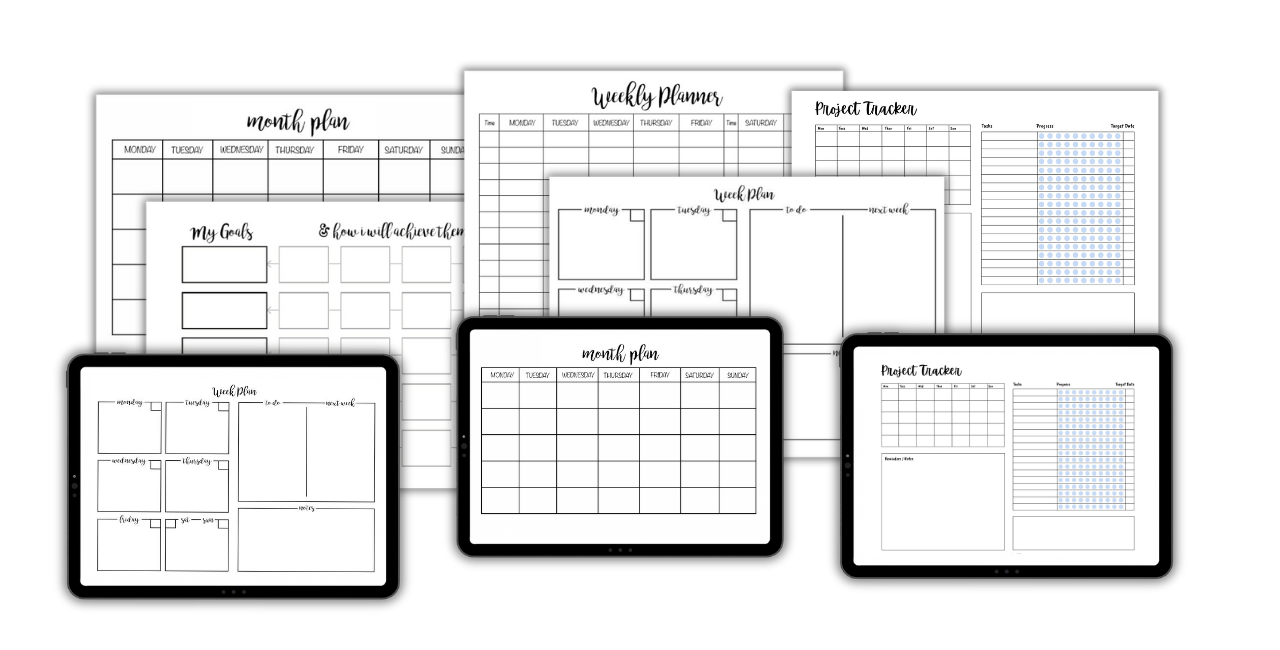How to study math and science so it makes sense

Maths, chemistry, and physics sometimes feel like another language. If you're into formulas, equations, and problem solving, you're probably able to grasp these subjects fairly quickly. But if your brain isn't wired for the STEM side of school, then it can get challenging. Even if you get it in class while the teacher explains things, it suddenly seems daunting the moment you try to solve things on your own.
Maths and science don’t just need more time. It needs the right kind of practice. There are also simple strategies that make these technical subjects easier to understand and remember.
Here are some study tips and examples to try
1. Space it out (Spaced Repetition)
Instead of cramming the night before a test (we've all done that), try shorter practice sessions over a few days or weeks. This gives you more chances to lock it in. It's like build muscle memory.
👉 Example: Spend 15 minutes on algebra equations every second night instead of one 2 hour cram. You’ll remember more and feel way more confident.
2. Switch methods (Varied Practice)
Try learning the same topic in different formats and question types. Don’t just repeat the same kind of problem over and over. Mix different types so your brain learns how to choose the right method. This also preps you for different exam question possibilities.
👉 Example: For chemistry, read your notes, draw a diagram of the reaction, explain it out loud, and finally try different practice questions.
3. Learn from worked examples
Before jumping into new questions, study a step-by-step solution. Compare two questions side by side. This helps you see the pattern, not just the answer.
👉 Example: Look at two different ways to solve a problem. Notice how the steps are similar and where they change. Suddenly, solving your own isn’t so overwhelming.
4. Quiz yourself (Retrieval Practice)
Reading notes doesn’t guarantee recall. We've all had sudden memory loss when depending on this study method. The real test is: can you answer without looking?
👉 Example: Close your book and write the formula. Or cover your notes and explain the steps for resolving the problem. Only peek after you’ve tried.
5. Use visuals and diagrams
Maths and science click when you can see them. Graphs, charts, labelled diagrams, and even colour-coding formulas help your brain connect the dots.
👉 Example: Sketch the graph of the equation you’re solving. Abstract ideas become clearer when you can see them.
6. Practise like it’s the exam
Confidence comes from rehearsal. Past exam papers are still gold.
👉 How:
- Ask your teacher for past tests or extra problem sets.
- Download past papers from your state or curriculum board website.
- Do them under timed conditions, no notes, then mark yourself.
- Keep an error log, a notebook of every mistake, including the step you missed and the corrected solution. Review it weekly.
This trains you for the real test feeling and makes exams way less scary when you have confidence.
7. Match your study to your learning style
Learning styles aren’t just for humanities subjects. They adapt to technical subjects too.
- 🎨 Visual learners: Draw graphs, reaction diagrams, or mind maps of concepts. Colour-code variables vs constants.
- 🎧 Auditory learners: Record yourself talking through worked problems. Explain the steps out loud. Listen to teachers or YouTube videos where problems are broken down step-by-step.
- 🤸 Kinaesthetic learners: Re-write flashcards, redraw diagrams, or walk around while reciting formulas. Use molecule kits and periodic table flashcards.
Bottom line
Maths and science can feel intimidating. By spacing out your practice, mixing problem types, testing yourself, and using tools that fit your learning style, you’ll transition from feeling lost to actually feeling confident.
📌 Want to know which study strategies fit you best?
👉 [Take the Learning Styles Quiz] and find out how to study in a way that works for your brain.
👇While you're here...
Want to join the early Access list to the Mini Planning Course?
Stay connected with news and updates!
Join our mailing list to receive the latest news and updates from our team.
Don't worry, your information will not be shared.
We hate SPAM. We will never sell your information, for any reason.

